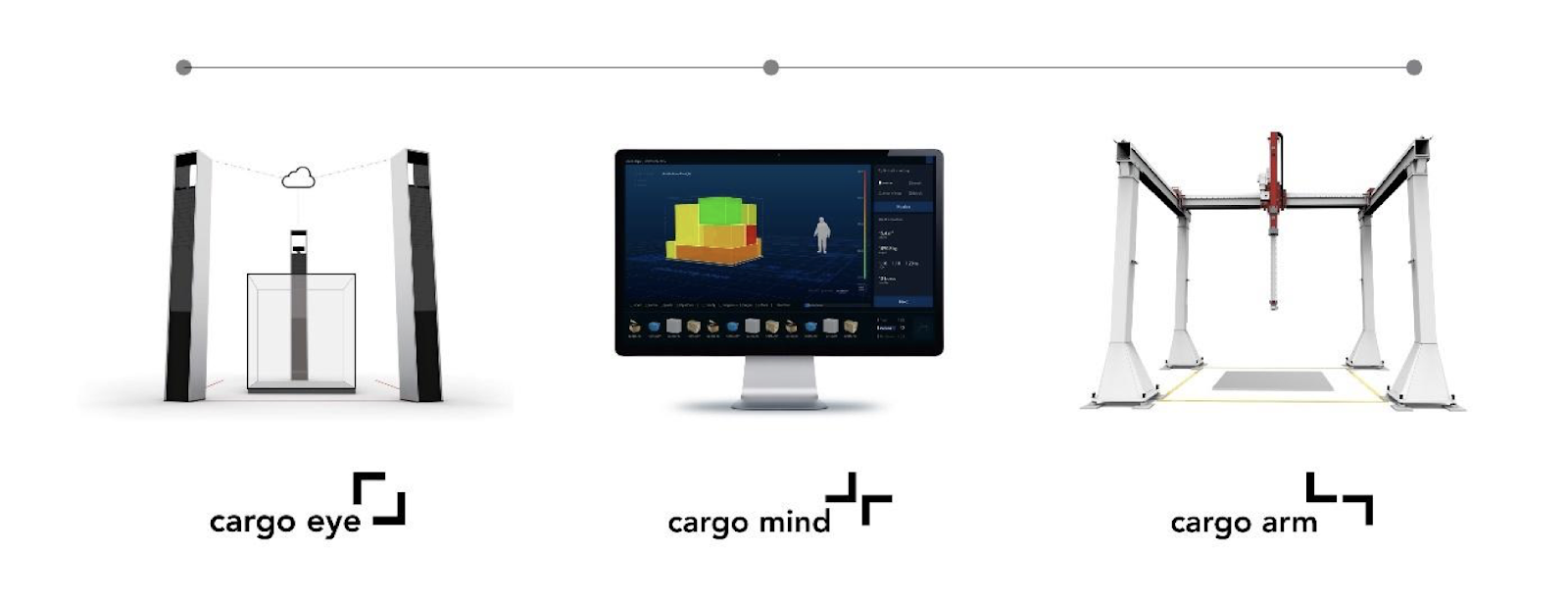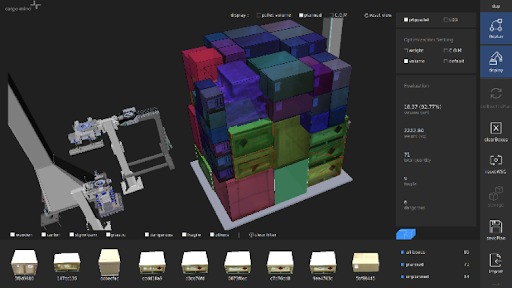Air cargo is complex, flight engineers and ground staff spend hours every day planning the many variables that go into shipping material from locale to another. The process is labor intensive and tedious, and one mistake could cause significant problems for the airline and the traveling public. To take the heavy lifting out of the process, a Singapore-based research institution has developed the world’s first prototype of an AI-powered robotic system for air cargo.
“Our goal is to automate the handling of cargo with varying sizes, weights, and material through cutting-edge hardware and intelligent software,” said Dr. Suraj Nair, founder and project lead of SPEEDCARGO. “The hope is that the system will boost the productivity, quality, and security of air cargo handling.”
Using NVIDIA GeForce GTX 1080 Ti GPUs, and a cuDNN-accelerated framework, the research group developed their own software called CARGO MIND, the software generates an optimal packing configuration for cargo, maximizing yield while adhering to aviation safety regulations. It can also perform reverse planning if the pallet must be partially dismantled. Also, it is responsible for the structural build-up of the pallet and for planning the motion trajectories of the robot, which must be collision-free.
The robot and 3D cameras are equipped with several NVIDIA Jetson TX2 GPUs. The software in the computer also uses an NVIDIA GeForce GTX 1080 Ti GPU for faster processing.

An overview of the SPEEDCARGO system. First, the system scans the cargo with a 3D camera to detect the properties and size of the load. The software then analyzes the images and determines how they should be placed. Finally, the robotic arm executes the plan.
“Working with NVIDIA hardware architectures and software APIs has been a driving force towards making SPEEDCARGO technology applicable to real-world scenarios. Through NVIDIA GPU hardware and CUDA, we can achieve real-time performance despite large scale vision and planning challenges,” Nair said. “The affordability of such hardware also enables us to scale broadly.”

CARGO MIND solves an NP-Hard problem of packing cargo boxes while satisfying multiple constraints such as airline regulations, pallet yield, stability, robot constraints, gripper constraints. A certain computational load of this multi-constraint optimization problem is supported through mapping work to the GPU via CUDA.
Even though the system is still in prototype format, the group hopes to build its first live system in December 2019 at the Singapore Changi Airfreight Terminal.
About NVIDIA
NVIDIA (NASDAQ: NVDA) is the AI computing company. Its invention of the GPU in 1999 sparked the growth of the PC gaming market, redefined modern computer graphics and revolutionised parallel computing. More recently, GPU deep learning ignited modern AI – the next era of computing – with the GPU acting as the brain of computers, robots and self-driving cars that can perceive and understand the world. More information at http://nvidianews.nvidia.com/.